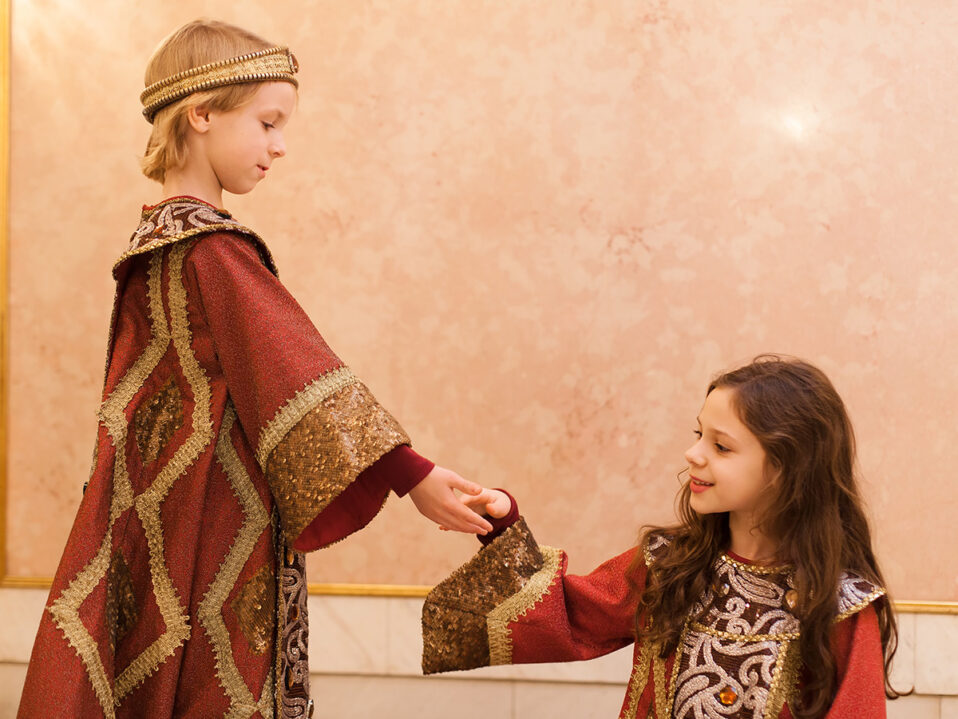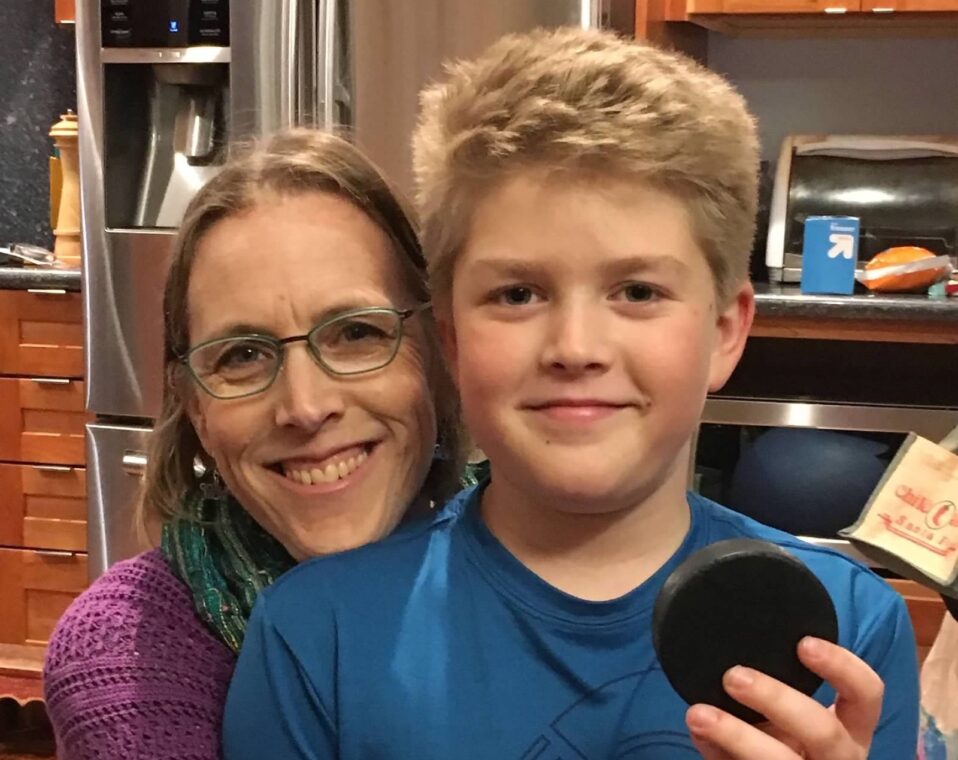By Jenni Mangel, Director of Educational Leadership, Jewish LearningWorks
My mom says that theatre saved me and my sister in high school. Yes, I was a “theatre kid” who lived for the annual spring musical. Being in the drama and music space gave me direction, purpose, community, and belonging. But what I didn’t realize is that I was also learning transferable skills that I still regularly use. No, you won’t find me on stage at the local community theatre or singing with the synagogue choir. I believe the days of true performance are behind me. Yet, every time I prepare to teach, and then welcome a group to a learning space, I find myself relying on those tried and true theatre skills.
Know your script. The lesson plan is the script for a good classroom performance. I enjoy writing lesson plans and carefully planning out what I want my group of learners to think about when they leave our session. I will literally script out parts of the lesson I want to deliver in a particular way – phrasing, vocalization, position in the room, facial animation, etc. A teacher, like an actor, needs to know their script well enough to improvise, always with the intention of more fully engaging people and ideas. In my 30+ years of teaching, I am yet to follow a lesson plan faithfully, always adapting to the verbal and physical reactions of the people in the room. The lesson plan provides a foundation for the presentation, discussion, and activity of my time leading a learning experience.
Set the stage. The setting for a performance always matters. The ambiance can allow an audience to relax and draw their full attention to the stage. Lighting, costumes, makeup all contribute to an audience’s ability to follow the actors through their story. The same is true for classroom learners: Are chairs comfortable to sit in? Are outside sounds muted to avoid distraction? Are the “sets” of the rooms walls and white boards being used to enhance the lesson? Is the group facing the same direction, and would facing a different part of the room or sitting in a circle be more effective?
In distance learning, I’ve found that the setting is even more acute: How does my digital background enhance, and not distract, participants from the content? Are my digitaltools primed for smooth cues and implementation? Is my lighting good enough for people to see my face so that a smile, a nod, and encouraging body language can draw them in? Have I asked other call participants to set their stage as well to minimize distractions for others?
Know where your props are. The props manager for a show is skilled at ensuring that props are lined up and ready for each scene. I do the same thing when I teach in person, or online. My handouts, visual aids, and activities are integrated into my lesson plan so that I can easily find what I need at the right moment in the lesson. In doing so, I am able to focus on my “scene” and be present to the experience I, and my audience, is having. This readiness also allows the audience to gracefully follow along and, in the case of teaching, it allows participants to relax into the learning.
Plot twists are fun. Actors want their audience to be engaged and anticipating what might come next. We do the same in teaching by giving learners a familiar structure for comfort and confidence. This, in turn, allows them to consider a new idea, respond to an unusual discussion prompt, or participate in a new activity for a fresh element of surprise. People will come once to a theatre or class because they are interested in the content. But they come back repeatedly because they have fun and recognize their place in the story and their own growth.
Poise, posture, and passion. When a performer walks onto a stage their presence can command audience attention. Whether they walk quickly or slowly, speak with a soft or loud voice, and if they face the audience head on or or angled to one corner of the stage influences connection between the performer and audience. Audiences quickly gauge how comfortable the actor is with the script and story being told. It is true in classrooms too. Learners of all ages can quickly glean the level of passion a teacher has for the subject matter from the teacher’s body language and stance. When we exude confidence, we give the learners permission, again, to relax into the learning.
Audience participation is the goal. As performers we wait for the audience to laugh, to gasp, to clap in response to onstage activity. We want them talking with their companions as they leave the show about what they experienced. We want them thinking and talking with others about it 3 and 10 days later. How much more so in the teaching and learning space!? As teachers, the audience is our students and our performance is in the service of connecting them with learning content. We want to shift people’s behaviors, attitudes, skills, or knowledge. We want to engage their head, heart, and hands. No matter what goal setting framework we use, we want something to change for the better in their lives as a result of their time with us.
I became a teacher in high school, when I was very much involved in theatrical performances. It was clear to me in those early days that the skills I developed in the theatre had direct application to my work as a teacher. Poise, confidence, passion, preparation, flexibility, connection. Never in my wildest dreams did I think, then, that I would still be tapping into all those tools 30 years later. I feel honored and privileged to be doing so.
I am grateful to Leah Abrams, Founder and Director of Undiscovered Works, and Rachel Seele, Founder of Seele Stars, for their friendship and thought partnership on this piece.






